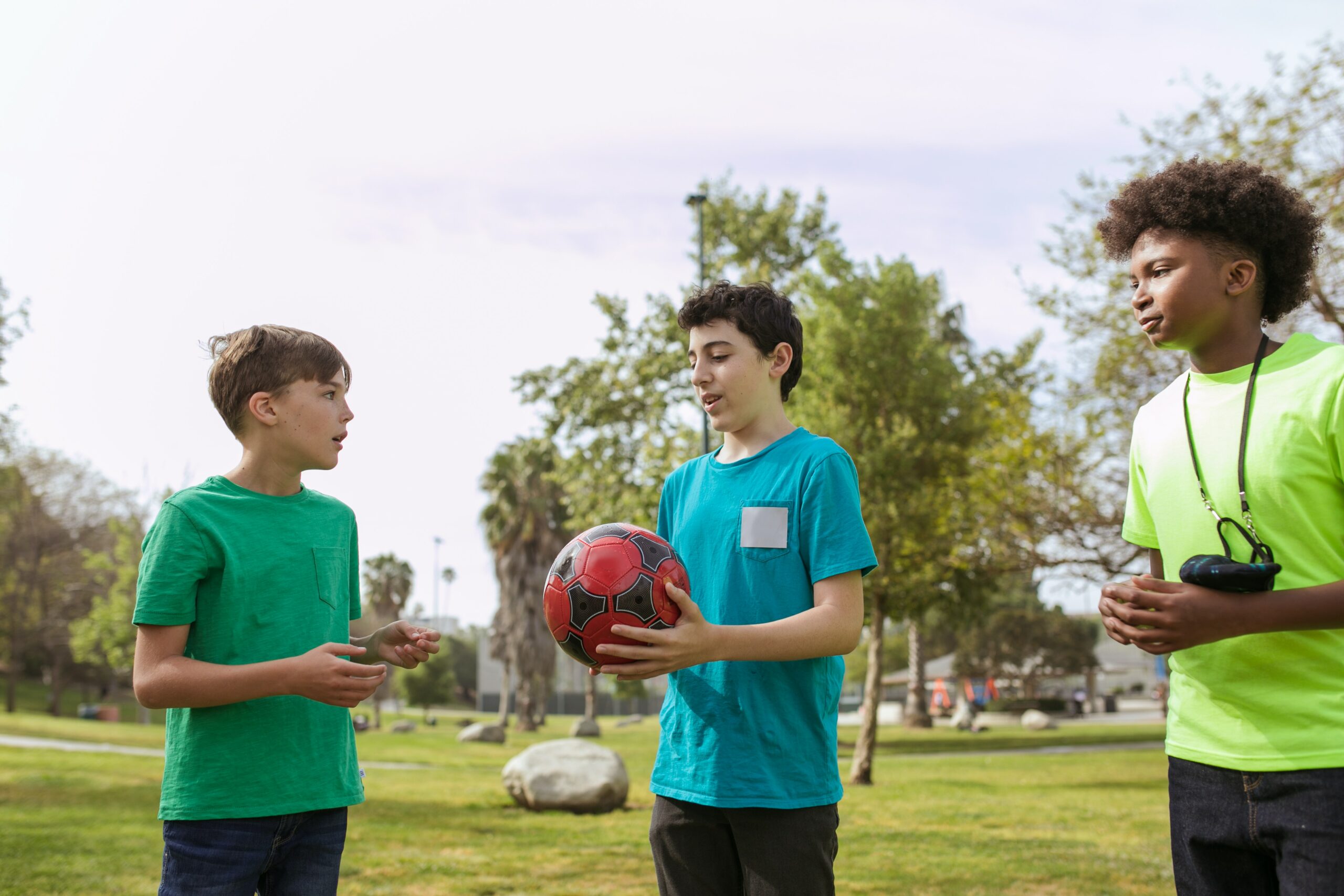Cold sweats or cold exposure occurs when you feel a sudden chill in your body along with abnormal sweating, regardless of how hot or cold it is in the environment. It may be a sign of sudden significant stress or anxiety, which could be physical or psychological, or a combination of both.
Facts on Cold Sweats
Each person has an average of 2 to 4 million sweat glands. There are two different kinds of sweat glands – the eccrine and the apocrine. The eccrine is found all over the body that helps control body temperature, while the apocrine is primarily found in the groin and underarm area.
The sweat produced by eccrine is mostly water, hence the ‘help’ in cooling the body down. While extreme heat can trigger the apocrine sweat glands and is usually activated by stress and hormonal changes. These changes play a significant role in cold sweats.
Causes of Cold Sweats
Cold sweats may occur due to a variety of conditions, but they are often associated with the body’s ‘fight or flight response. It is the body’s response to acute stress and as a way of preparing itself to either run away or to get hurt. Cold sweats are also common in conditions that prevent oxygen or blood from circulating throughout the body.
Certain situations and conditions can lead to having cold sweats. These may include:
- Anxiety disorders
- Pain and shock
- Heart Attack
- Hypoxia
- Hypoglycemia
- Hot flashes, night sweats, and menopause
- Infection
While cold sweats alone are not usually a health risk, they can signify more health issues. We suggest talking to your doctor to determine the root causes of your cold sweats.
First Aid for Cold Sweats
First-aid measures may prevent further heat loss and help the body warm-up and regulate its temperature slowly.
-
Seek shelter
Remain calm as you seek shelter nearby. Once you spot one, get out of the cold, the wind, or the water right away. Excessive fear or doing too much activity can cause sweating. And sweating can only make you feel more chilled.
-
Remove wet clothes and stay dry
Immediately take off any wet clothing and replace them with dry ones. Use wool clothing or any synthetic fabric that provides good insulation. Wrap a blanket or sleeping bag around you to allow body heat to rewarm you.
If dry clothing is not readily available, provide warmth by making skin-to-skin contact.
-
Move with precaution
Generally, it is okay to move around but do not be so active that you sweat. Gently whirl your arms to get the blood moving. Doing small activities produces body heat and improves blood flow.
-
Drink warm fluids
Warm fluids are recommended but do not drink anything that has caffeine or alcohol. Instead, eat high-energy foods such as candy and protein bars. Do not offer food or drink to a person who is responding slowly or is acting confused.
-
Avoid warm bath
Avoid putting your whole body in warm water as it can cause more harm. You can start by putting small body parts such as hands or feet in warm water. The suggested water temperature is 38°C (100.4°F) to 41°C (105°F),
Try to avoid putting your whole body in warm water. As a last resort, use a warm-water bath.
For small areas of your body such as ears, nose, fingers, toes, or the face, try the following first aid measures. Do these quick remedies to warm small areas of the body by:
- Blowing warm air onto your palms or hands
- Covering cold ears with warm hands
- Soaking hands, feet, or ears in warm water
- Use hot water bottle covers with a cloth or use a heating pad on a low setting. Be careful not to burn your skin in doing these.
Conclusion
Sweating is the body’s way of cooling itself off. The activation of our body’s fight or flight response can usually trigger cold sweats.
The best treatment is to address the root problem and know first aid for cold sweats.








